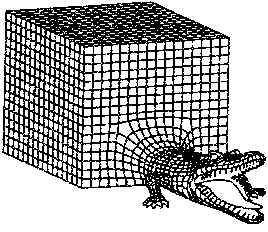

ECE 558 (Digital Imaging) Projects
Aug 2021 - Dec 2021 — Raleigh, North Carolina
Overview:


x gradient ===> y gradient ===> gradient magntiude
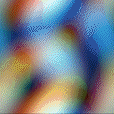



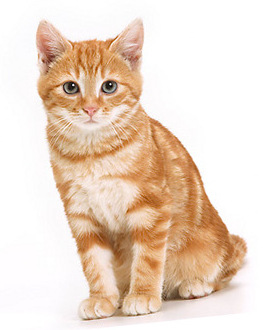
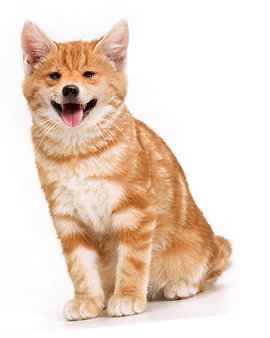

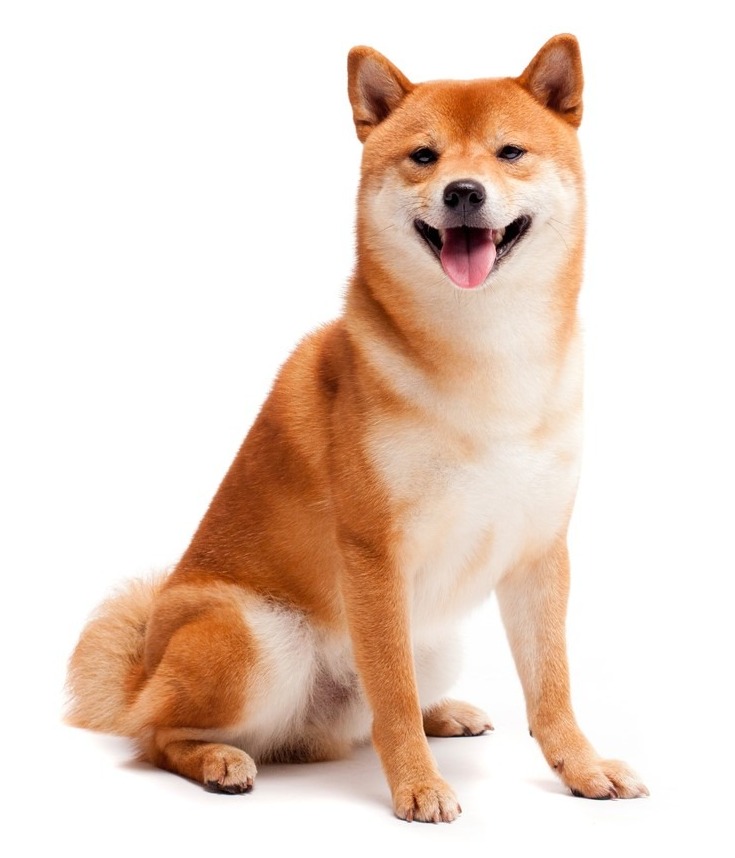
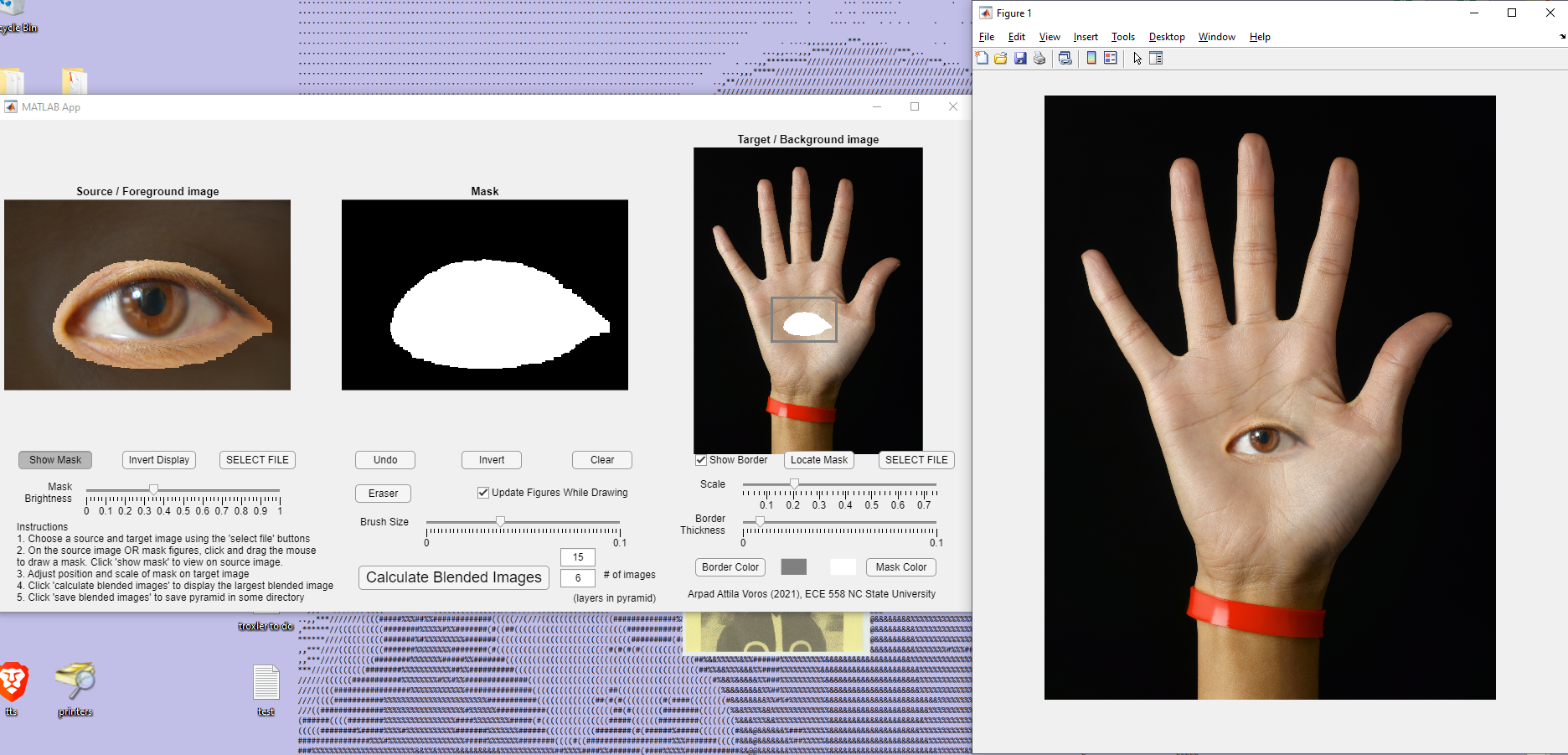


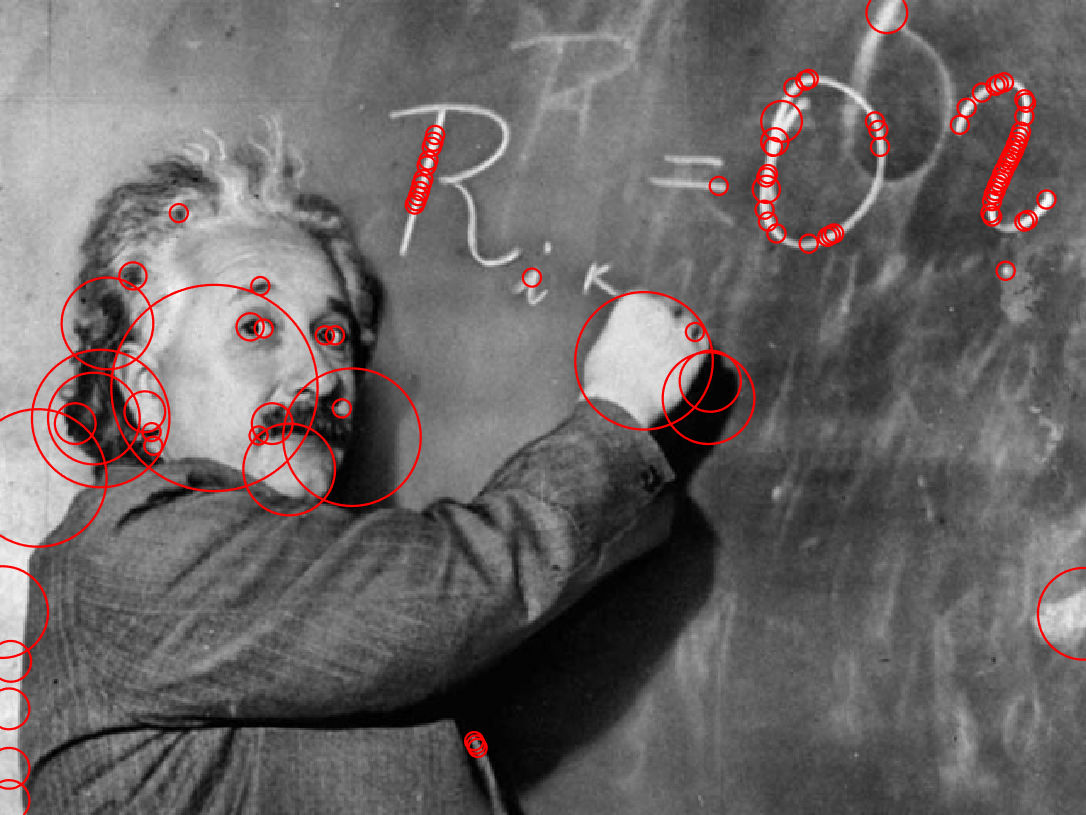
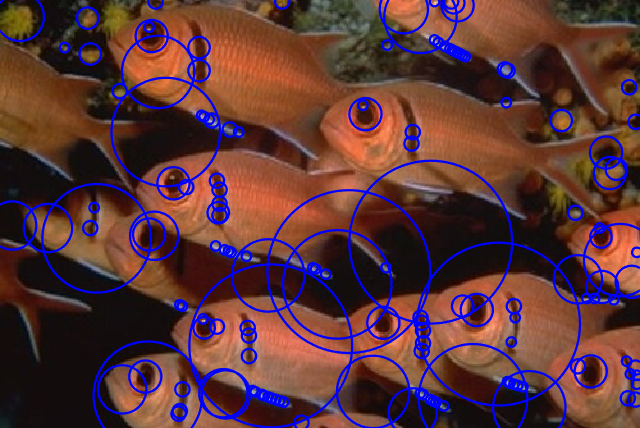


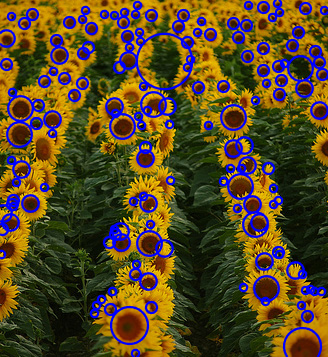

Personal Statement:
Fun class. I like pictures.
Literature:
Voros_Arpad_ECE558_proj1.pdfMedia Citation(s):
Dog and Cat (not blended) - https://www.google.com/imghp?hl=en
Test images prior to manipulation (Lena, Einstein, peppers, etc.) - http://www.imageprocessingplace.com/root_files_V3/image_databases.htm